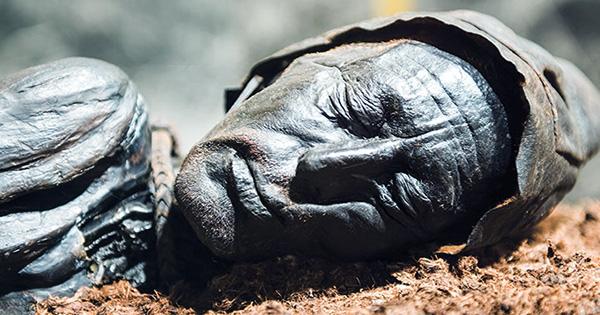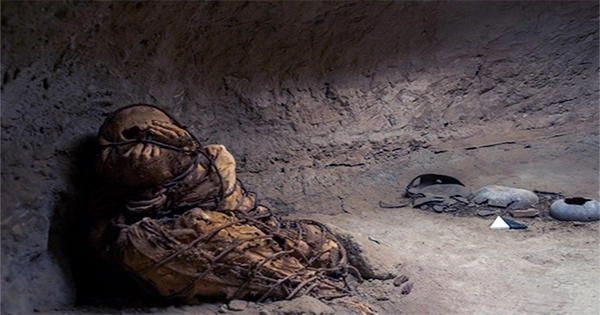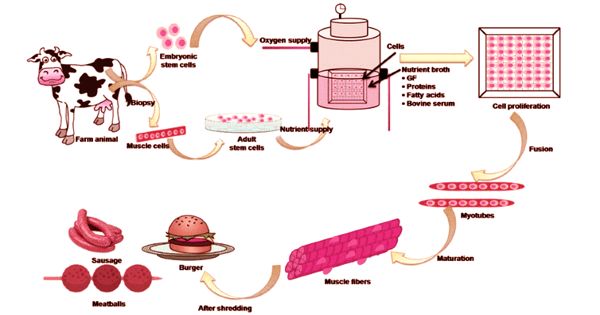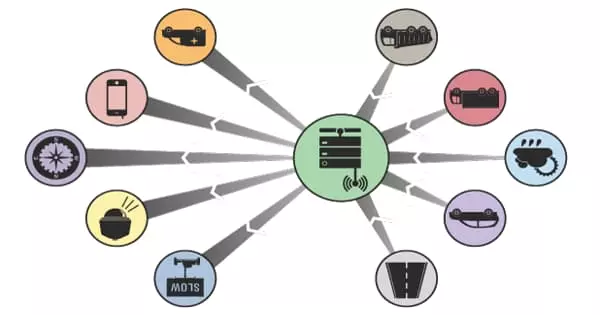The discovery of eight thousand-year-old remains in the Sado Valley in Portugal in 1960 and 1962 prompted a new way to examining old remains, as modern technology indicated they may be Europe’s oldest mummies. Researchers were able to recreate the locations of 13 people recovered at the site using this method, which revealed that two of the remains may have been prepped – or “cured” – before burial. The European Journal of Archaeology released the hunter-gatherer burial site results. To review the remains discovered in the Sado Valley in the 1960s, the researchers combined archaeothanatology – a method that looks at the geographical distribution of bones through the lens of how the human body decomposes – with current human decomposition tests.
As additional pictures from the first excavation surfaced, the researchers were able to essentially go back in time to view the remains at their moment of discovery. The researchers were able to use new interpretive approaches to review the initial discoveries and recreate the spatial arrangement of virtually all of the persons’ bones thanks to the cache of images. They may then work backwards to determine the funeral customs that would have allowed them to be buried at their final resting places by studying how the human body decomposes.

The cadavers had been buried before some of the weaker joints had begun to degrade, according to their findings. In fact, they appeared to have kept their anatomical integrity astonishingly well, with several sleeping in flexed postures with their feet pressed against their buttocks. Squashed postures like this allude to “clumping,” or the body’s hypercontraction as it decomposes. Some of the remains were so densely packed that the experts believe tight wrapping or tying was employed to keep them compact.
Two of the most hyperflexed remains, whose bones kept in place so well that they’re thought to have had some form of pre-burial therapy, provided evidence of mummification. Even in filled graves, areas like the feet are among the first to come apart, but this was not the case with the two examples. The authors of the study noted, “Decomposition of the body in situ would ordinarily create activities such as bloating followed by the production of substantial empty areas… as soft tissue vanishes.” “Disarticulated bones, such as [fingers], have frequently shifted into such vacant places in filled main graves.”
They claim that the bones kept their places so effectively because the bodies were not buried as fresh cadavers but rather in a dried state, such as that caused by mummification. Wrapping and curing bodies are equally plausible explanations for the burial discoveries of the two individuals. Using modern-day cadavers, the researchers were able to see how wrapping and desiccation might allow the corpses to be hyperflexed since soft tissue shrinkage allows for more bending. They used cadavers in both above-ground and below-ground directed natural mummification experiments to examine how this influenced the final spatial location.
Pre-burial mummification may have allowed Mesolithic humans to preserve and transport their deceased since it resulted in much lighter remains than a fresh cadaver. “Mummification before transfer would have made the voyage simpler,” the scientists said. “Moving the deceased would have been an expensive endeavor.” Mummification may have had significant cultural ramifications for Mesolithic people’ perception of death, given that the procedure frequently involves days – or months – of caring to the dead’s many exudates. Warm, ventilated, dry, and preferably, with some of the gassier, bacterial-heavy organs scooped out, a good mummy is essential (but not always).
The fact that mummification has never been linked to the Mesolithic previously might be due to a lack of interpretative techniques available when examining burial sites, as well as just not expecting to discover it, according to the researchers. Their hypothesis is that mummification was significantly more commonly utilized, even at this early period, and across Europe, than previously thought, although further study is required.
“Because this is a single occurrence, it’s impossible to establish whether it represents an unusual or more regular behavior,” the authors concluded. “Revisiting the examination of additional prospective [mummies]… with the same mix of archaeothanatological analysis and experimental taphonomy expertise would also be beneficial.”
















